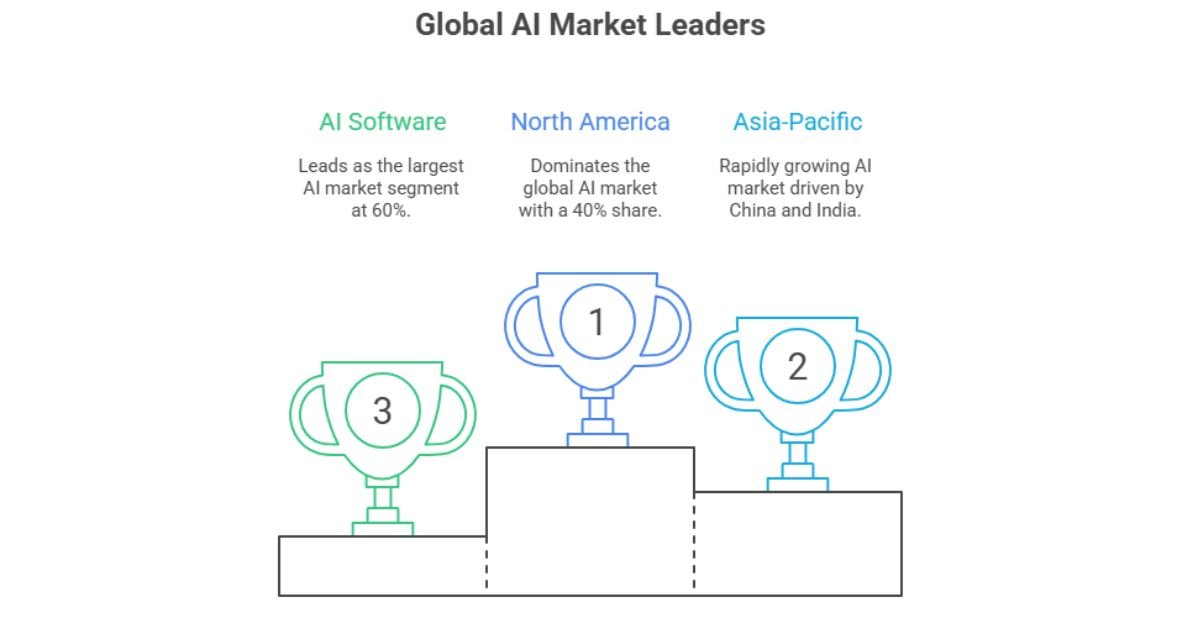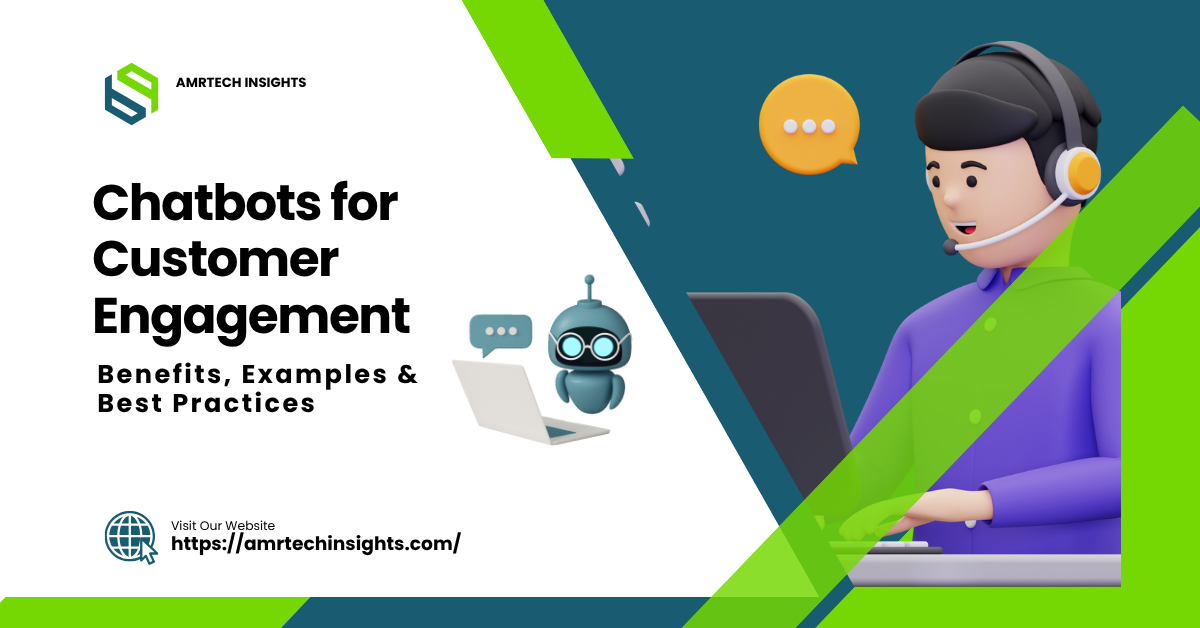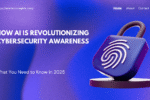AI chatbots are now vital for boosting AI Chatbots Customer Engagement in a world that is constantly evolving. Zendesk recently did a poll and discovered that 70% of CX executives believe chatbots are growing better at making experiences unique for each client. This number shows how important AI chatbots are becoming for giving customers individualized experiences.
AI chatbots can be based on rules or employ AI and natural language processing (NLP) to comprehend inquiries and give better answers.
For more insights into how AI tools simplify communication and daily tasks, check out How ChatGPT Simplifies Modern Life: A 360° Guide for Everyone

This picture depicts how AI chatbots may answer client questions right away. Chatbots use NLP and AI to give quick, tailored answers, which cuts down on wait times and makes customers happier. A lot of companies use them on their websites, applications, and social media to make assistance easier.
Using AI Chatbots for Customer Engagement
All throughout the world, the market for AI chatbots is growing quickly. By 2029, the market will be worth $46.6 billion, which is more than four times what it was worth in 2024, when it was $15.6 billion. This suggests that the compound annual growth rate (CAGR) is around 24.5%. Businesses are rushing to find scalable solutions that can meet the needs of their customers as they develop, which is why this spike is happening.
Source: Grand View Research – AI Chatbot Market Size & Trends
The AI chatbot industry is expected to grow from $15.6 billion in 2024 to $46.6 billion in 2029, which is a compound annual growth rate (CAGR) of 24.5%.
A lot of companies link chatbots to CRMs like HubSpot or Salesforce. Dialogflow, IBM Watson Assistant, and Microsoft Bot Service are some tools that assist in keeping track of use and improving replies.

The picture shows how AI chatbots are likely to expand throughout the world, reaching $46.6 billion by 2029. Companies are using chatbots to provide customer care that can grow and is cheap. Companies may use data-driven insights to carefully deploy chatbots to get the most out of them and keep customers happy.
The Major Benefits of AI Chatbots for Customer Engagement
1. They make things better for customers.
AI chatbots offer 24/7 service, so customers may be sure to get a quick answer. For example, Klarna’s AI chatbot handles 70% of customer assistance queries, which is like having 700 human workers. This ability leads to faster response times and happy consumers.
2. Cost
AI chatbots might save a lot of money on running costs. Companies have learned that they may save customer support costs by up to 30% by automating common queries. AI Chatbots Customer Engagement is a terrific way for businesses to save money and get the most out of their resources.
3. Ability to handle growth
If a business gets many queries from customers at once, an AI chatbot may be quite helpful. Overall, customers are happier since this scalability ensures that the quality of service is high even when things are hectic.
Businesses keep an eye on things like response time, resolution rate, customer satisfaction (CSAT), and engagement rate. AI Chatbots Customer Engagement can cut the time it takes to respond to a question from hours to seconds and make people 20–30% happier.
How to Use AI Chatbots for Customer Engagement in Real Life
As part of its $13 billion technology effort to improve staff productivity and customer engagement, Bank of America now gives its financial advisers access to AI tools like “ask MERRILL” and “ask PRIVATE BANK.”
A.B. Bank, also known as the Commonwealth Bank of Australia: After a study showed that call volumes were going up, CBA modified its intentions to replace 45 call center workers with a voice bot powered by AI. This case study emphasizes both the importance of human oversight and the imperative of precise implementation in AI Chatbots Customer Engagement deployments.
Some AI chatbots now utilize predictive AI to recommend items or services before customers ask for them. This makes people more likely to interact with them.

This picture shows how AI chatbots and human agents may work together. Chatbots swiftly take care of simple questions, while people deal with more complicated ones. This method strikes a balance between automated and customized help, which improves the client experience and satisfaction. Businesses may make the most of their resources while still providing excellent service.
Data-Driven Insights on AI Chatbots Customer Engagement
Customer Preferences: More than 62% of customers would prefer to deal with chatbots than wait for human personnel. This shows that AI-driven interactions are becoming more popular
Over 62% of consumers would rather talk to chatbots than wait for a human agent, which shows how much more people are relying on AI-powered customer service.
Customer service has to respond swiftly since 59% of consumers expect a chatbot to do it in less than 5 seconds.
About 27% of consumers use chatbots every day, which indicates how much people depend on AI to talk to one another.
The data that AI Chatbots Customer Engagement systems learn from is what they use. Accuracy may go down if the data is skewed or missing. For complicated questions, people need to be in charge.
Things to Think About in AI Chatbots Customer Engagement
Even though AI chatbots provide a lot of benefits, businesses should be aware of the following problems that might come up:
Keeping in Touch with People: We might lose touch with people if we utilize AI Chatbots Customer Engagement too much. To keep customers’ confidence, it’s important to blend automation with human connection.
When handling private customer information, it is crucial to obey the rules and keep customer privacy safe in AI Chatbots Customer Engagement systems by utilizing effective data protection methods.
Problems with integration: AI chatbots may not operate well with current systems, and they may demand many resources to do so.
Next-generation chatbots can use both text and speech, which makes conversations feel more natural and intriguing.
The Best Ways to Use AI Chatbots for Customer Engagement
Make clear goals: Please ensure you have a clear understanding of your objectives before implementing a chatbot. For example, you could want to cut down on the time it takes to react or handle a specific percentage of questions.
Make sure your AI Chatbots Customer Engagement systems operate with the customer support tools you already have to make things simpler.
Keep an eye on things and make changes: Check in on your chatbot conversations regularly to see how you can make it better and more useful.
Make it easy for consumers to reach human agents: To keep customers satisfied, make sure they can easily get in contact with human agents when they need to.
Analytics dashboards allow you to keep an eye on how well your chatbot is doing and get more people to use it.
The best way to help customers is to use both AI chatbots and human assistance. This balances speed with a personal touch.
In short,
AI chatbots are changing the way businesses talk to customers because they are quick, easy to use, and cheap. However, ensuring a successful rollout requires meticulous planning, constant monitoring, and a combination of human and automated methods. A company can get the most out of AI chatbots by using data-driven insights and following best practices. This will make consumers happier and help their company grow.
Using AI chatbots and human assistance together gives customers the best and most efficient service.
Disclaimer: This blog is solely for information. Data, examples, and pictures are all examples. Before using AI chatbots, businesses should undertake their own study.
Note: Important: The examples and statistics given are based on the most recent data available as of 2025.
Last updated on August 26, 2025

Hi, I’m Amarender Akupathni — founder of Amrtech Insights and a tech enthusiast passionate about AI and innovation. With 10+ years in science and R&D, I simplify complex technologies to help others stay ahead in the digital era.



